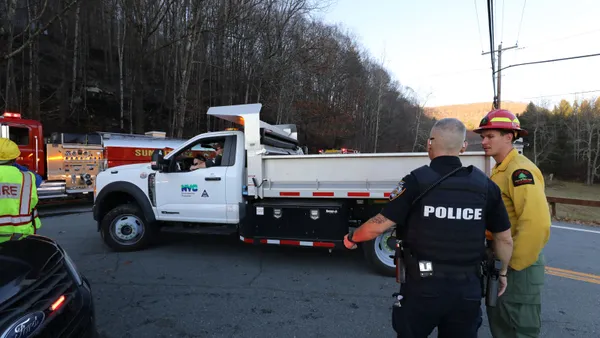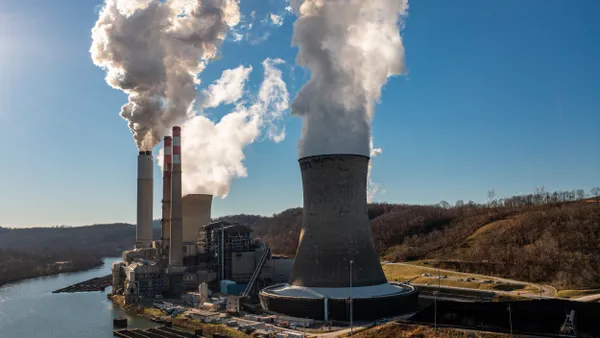Dive Brief:
- Chicago's Department of Streets and Sanitation (DSS) has committed to developing a comprehensive tree canopy inventory next year. It will include the number, location, size and species of trees, as well as information about overhead electrical line interference within the canopy. DSS says the tree canopy inventory will help to inform scheduling for tree trimming and removals.
- The announcement comes in response to an audit report by the city's Office of Inspector General (OIG) that indicates DSS' tree trimming operation is inefficient. Trees are only trimmed in response to 311 calls instead of on a proactive, grid-based system, creating inefficiencies and inequity with neighborhoods' tree maintenance. The OIG recommends returning to the grid-based approach used prior to the advent of 311 in 1999.
- The OIG says the tree canopy inventory will be a good start, but further action is needed to manage and preserve Chicago's "dwindling urban forest whose canopy is substantially smaller than many cities nationally... A thriving and healthy urban forest is critical to mitigating ever-mounting climate change concerns like the urban heat island effect and excessive storm water runoff."
Dive Insight:
DSS explains in its letter that to move forward with adopting the OIG's recommendation of re-introducing a grid system, the system viability would have to be re-evaluated under modern conditions. Operations, priorities and resources all are different now than they were 20 years ago. The agency estimates it would need at least 15 to 20 additional crews to transition to a grid model tree trimming cycle of seven to 10 years.
Despite the extra resources that would be required, the OIG still wants DSS to seriously consider and work toward implementing a grid-based tree trimming system because the "benefits of more horticulturally precise and cost-effective tree trimming are substantial for the City." Beyond cost savings and lower injury or damage liability, the OIG cites climate change mitigation benefits including cleaner air, urban cooling, stress reduction and other human health benefits.
Other cities also are stepping up efforts to quantify and expand their tree canopies. Nashville, TN conducted a flight survey using lasers and aerial imaging to estimate its tree canopy and turn around the decline in the number of trees as the city's population booms. Washington, DC performed a similar tree inventory survey, in partnership with the U.S. Department of Agriculture (USDA) Forest Service.
The Forest Service said the need to grow the size and amount of urban forests intensifies as cities expand their footprints. However, a study indicates U.S. cities actually are losing 36 million trees each year.
Los Angeles is one city that has made big strides in recent months to invest in its tree canopy. Last week, Cool Streets L.A. launched to address the effects of climate change by lowering urban temperatures; planting more trees is one of the cooling measures. Mayor Eric Garcetti also recently appointed the first city forest officer to oversee the growth of Los Angeles' urban forest. The position will advance goals in L.A.'s Green New Deal such as planting 90,000 trees by 2021 and increasing the tree canopy 50% by 2028 in the greatest need areas.
Similar to Los Angeles' focus on areas of most need, Chicago's OIG pointed out the need to address the service and environmental inequities that occur when tree maintenance is inefficient. He cited "stark differences across City neighborhoods that generally correlate with tree canopy percentages."
An analysis of information on Chicago's Open Data Portal last year showed that citizens in higher-income neighborhoods submit more service requests and complaints to the city than those in lower-income neighborhoods. Thus, it would follow that low-income neighborhoods' canopies would be underserved if tree maintenance only occurs in response to 311 requests. The OIG's recommendation to return to a grid-based system where all neighborhoods are served on a rotating basis would ensure greater equity with tree maintenance, and consequently in environmental benefits.











